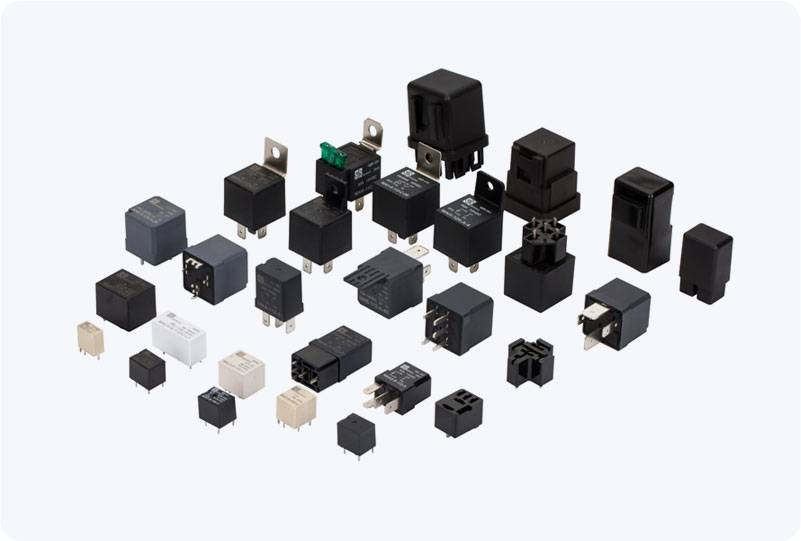The Optocoupler Protected Relay Module is an essential component in the field of electrical control systems. Combining the functionality of both optocouplers (also known as optical isolators) and relays, this module offers enhanced protection and isolation between different parts of an electrical circuit. It is widely used in various applications ranging from automation systems and home appliances to industrial control and safety systems. This article explores the core features, working principles, applications, and advantages of the Optocoupler Protected Relay Module.

What is an Optocoupler Protected Relay Module? At its core, the Optocoupler Protected Relay Module is designed to control higher power circuits using low voltage signals while providing electrical isolation between the control and load sides. The combination of an optocoupler and relay allows the module to offer both isolation and switching capabilities, making it ideal for interfacing low-voltage electronics (like microcontrollers or sensors) with high-voltage, high-current devices. An optocoupler, or optical isolator, works by transmitting signals using light rather than direct electrical conduction, thereby providing a barrier to electrical interference. The relay, on the other hand, is a switch that can control large electrical loads by using a low voltage signal to control the opening or closing of high-power circuits.